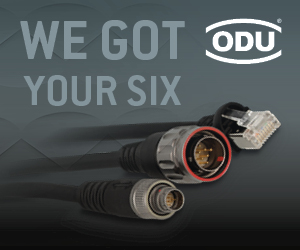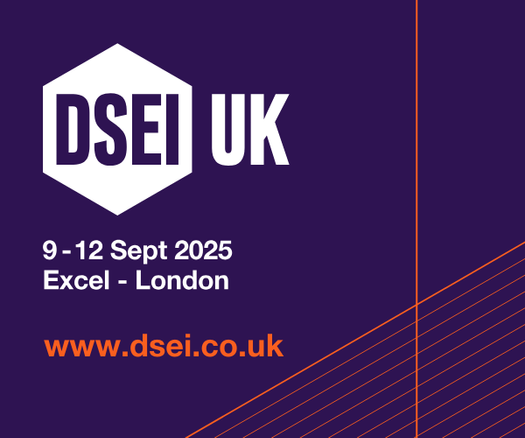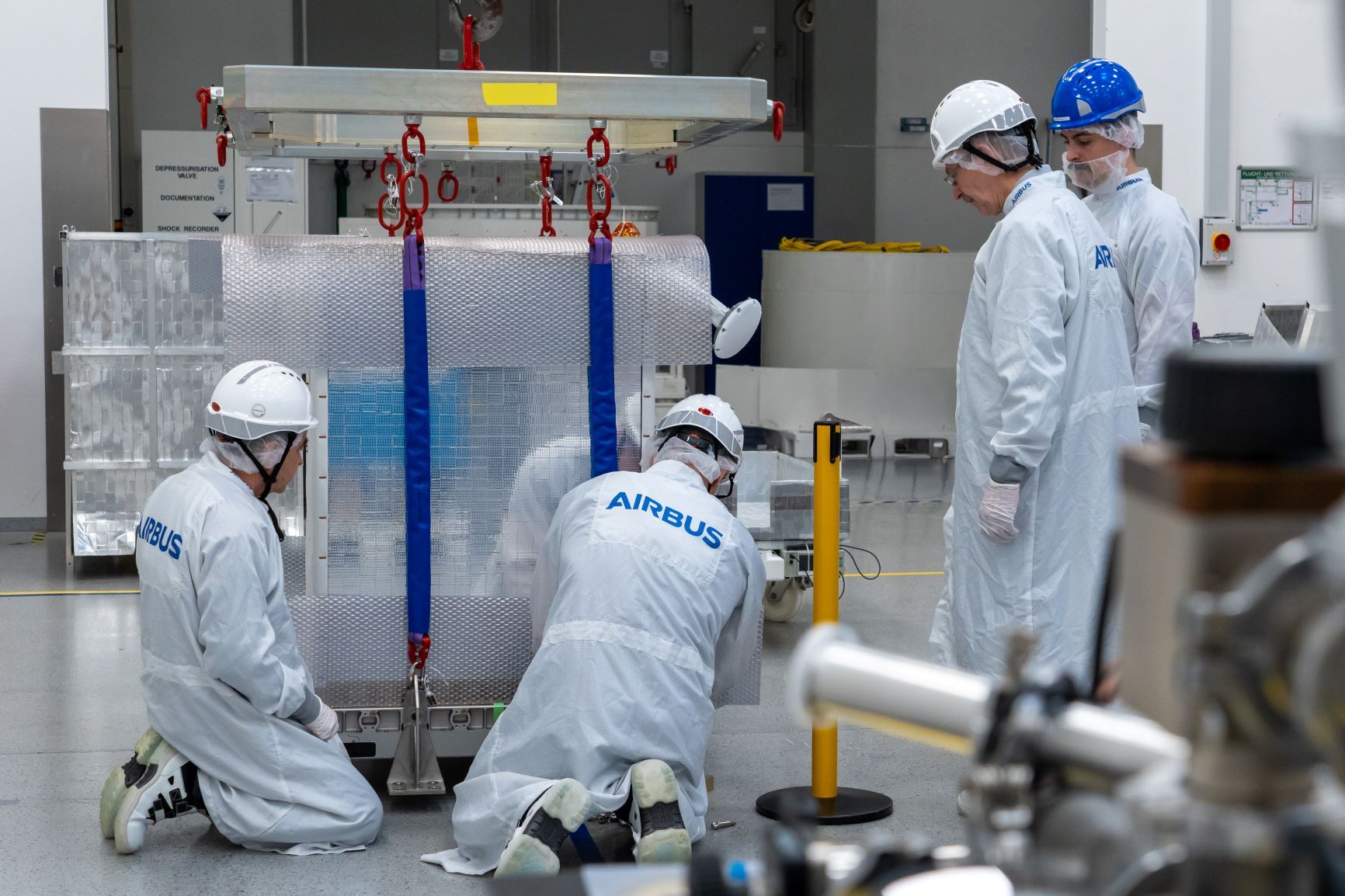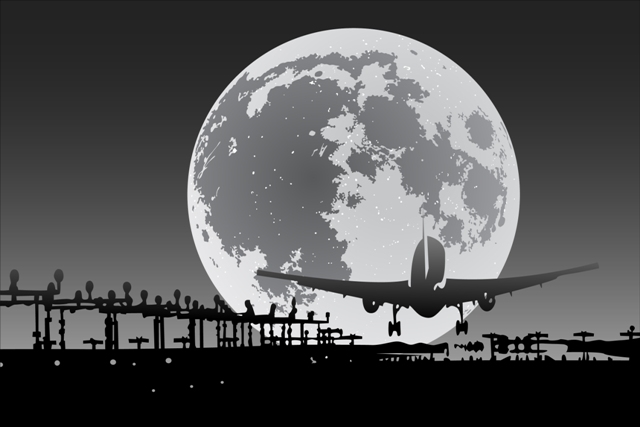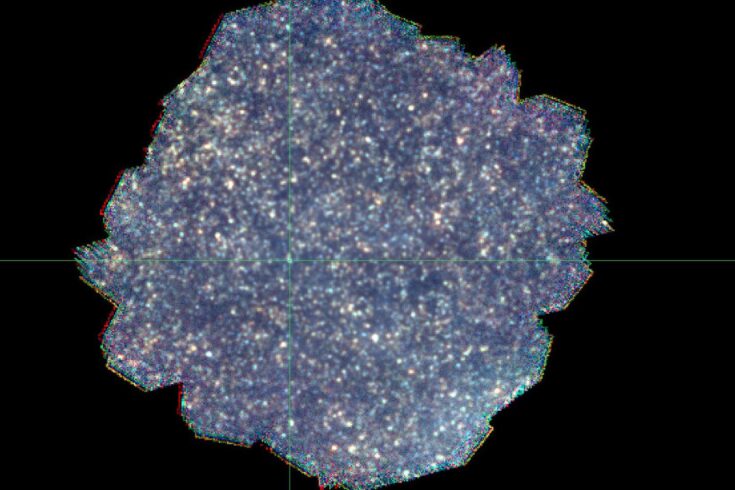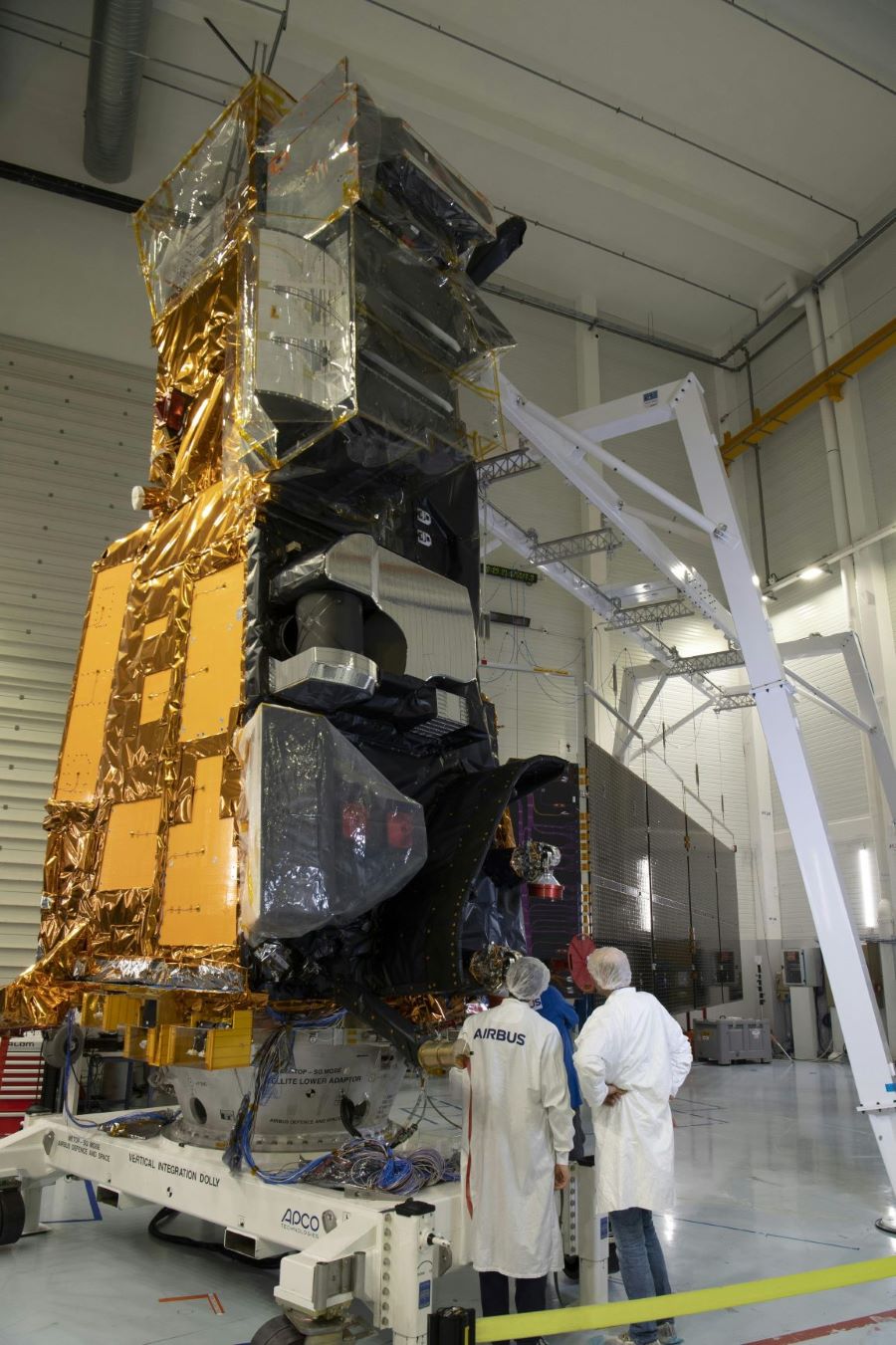SSTL to lead UKSA de-orbit of space debris study

Above:
The LEOPARD (Low Earth Orbit Pursuit for Active Debris Removal) study will define concepts for de-orbiting two uncooperative UK space assets from low earth orbit.
Courtesy SSTL / copyright Shutterstock
SSTL specialises in the manufacture and in-orbit operation of small satellites and has valuable experience in two previous Active Debris Removal (ADR) demonstration missions; RemoveDEBRIS, which concluded a series of debris retrieval demonstrations in January 2019, and Astroscale’s 2021 ELSA-d mission for which SSTL supplied the Client 'target' satellite.
The LEOPARD study will be led by SSTL and delivered by a consortium of leading UK space companies and academia to benefit from the wide breadth of specialised expertise required to deliver a successful Active Debris Removal (ADR) mission. The LEOPARD consortium includes Airbus Defence and Space, GMV NSL, Northern Space and Security Limited (NORSS), Satellite Applications Catapult, University of Lincoln, University of Surrey and ClearSpace.
SSTL’s CERISE satellite was the first verified case of an accidental collision between two manufactured objects in Space back in 1996. CERISE was hit by a catalogued space debris object from an Ariane rocket in 1996, making it the first verified case of a collision between two objects in space. The collision tore off a portion of the satellite’s gravity-gradient stabilisation boom, which left the satellite severely damaged, and its performance was compromised.
Today the European Space Agency say that they perform on average two manoeuvres per Earth orbiting satellite per year with the number of conjunction warnings increasing over time, and the recent anti-satellite missile test conducted by Russia which created a cloud of new debris at an altitude of between 440km and 520km above Earth, has brought the topic of space debris to the fore once again.
Currently more than 30,000 manufactured non-operational objects are regularly tracked around the Earth, however many millions of minor objects remain undetected and because the UK is reliant on satellites for services that support critical national infrastructure such as navigation, telecommunications, security and weather forecasting, it has become crucial to remove space debris and prevent further collisions between objects.
“SSTL understands the risks of space debris.” said SSTL’s Managing Director, Phil Brownnett. “We have significant expertise derived from over 500 operational satellite years and together with our work on ADR demonstrator missions such as RemoveDEBRIS and Astroscale’s ELSA-d we are driving new concepts and technologies capable of delivering a milestone double Active Debris Removal mission for the UK.
"We are committed to combating the issue of space debris to keep satellites operating safely and provide a sustainable future for space missions.”
Jacob Geer, Head of Space Surveillance and Tracking at the UK Space Agency, said: “Space debris poses a growing risk to satellites and the vital services they provide, as well as to human spaceflight and astronauts. This new project will draw on SSTL’s significant expertise and map out a new mission to remove defunct satellites from orbit. It’s a great example of how the UK space sector is playing a leading role in keeping the space environment safe and secure.”
The LEOPARD study will define concepts for de-orbiting two un-co-operative UK space assets from low earth orbit to demonstrate ADR techniques, and will also present options for re-purposing the chaser spacecraft once the ADR task is complete, including the ability to be refuelled upon mission completion in order to allow the satellite to capture and remove even more debris. SSTL has a number of end-of-life satellites in orbit that could be selected as targets for the LEOPARD ADR mission, an advantage that provides additional knowledge of the target spacecraft design and operational state – crucial factors for the success of an ADR mission.
ADR missions are complex and characterisation of the debris target is critical before attempting a capture. It is essential to determine the state of the spacecraft or object including orientation, roll speed and axis of rotation, and the physical condition of the object (broken appendages, peeling or flaking surface materials) to assess the lowest risk for a successful capture and control.
Some target characterisation will be achievable from the ground, however in-orbit characterisation and close-up inspection will be essential. Once the target is characterised, a close approach can be facilitated by a sensor suite on board the chaser satellite to keep track of the target and the relative distance between them, and complete manoeuvres on the final capture approach. Once the chaser captures the target, the dynamics of the coupled two-body object will rapidly change requiring precise control for completion of the ADR mission.
The LEOPARD study will define several possible ADR mission concepts, using modelling and evaluation of the key technologies.
Examples of ADR capture technologies to be considered include:
- Capture using a dextrous robotic arm with refuelling interface
- Cooperative debris capture using a chaser satellite for rendezvous, docking and de-orbit
- Tethered space tug
- Net capture device
- Transporter chaser with multiple single-use chaser ADR spacecraft for future use
Examples of ADR de-orbit technologies to be considered include:
- De-orbit propulsive pack attached to the target
- Tether
- Drag sail
A second phase of the study will propose different methods of refurbishing the chaser spacecraft such as refuelling and addition of extra modules.
Consortium member roles:
- SSTL – spacecraft prime
- Airbus Defence and Space – robotics and ADR capture systems, and In Orbit Servicing capabilities
- GMV NSL – mission analysis, tools and Guidance, Navigation & Control software
- NORSS – orbital analysis, space situational awareness, regulatory and risk management expertise
- The Satellite Applications Catapult – ground segment and In Orbit Servicing and Manufacturing simulator
- University of Lincoln – mathematical modelling of close-coupled system dynamics and robotics test facilities
- University of Surrey – vision instruments for close proximity operations and passive de-orbit technologies
- ClearSpace – customer consultants, analysis of future market needs



